

Articles
How Dishwasher Works
Modified: October 28, 2024
Discover how dishwashers work with our informative articles. Find out the ins and outs of this essential kitchen appliance for efficient cleaning and convenience.
(Many of the links in this article redirect to a specific reviewed product. Your purchase of these products through affiliate links helps to generate commission for Storables.com, at no extra cost. Learn more)
Introduction
Have you ever wondered how a dishwasher is able to effortlessly clean your dirty dishes? This modern appliance has become an essential part of our daily lives, saving us time and effort in the kitchen. But have you ever stopped to think about how it actually works? In this article, we will explore the inner workings of a dishwasher and shed light on the process that allows it to effectively clean your dishes.
A dishwasher is a mechanical device that helps to automate the process of washing dishes. It is equipped with various components and features that work together to remove food particles, grease, and stains from your dishes, leaving them sparkling clean.
The basic components of a dishwasher include a water inlet valve, pump and motor assembly, heating element, detergent dispenser, and spray arms. These components work in tandem to ensure a thorough and efficient cleaning process.
When you start the dishwasher, water is supplied through the water inlet valve. This valve controls the flow of water into the dishwasher. The pump and motor assembly then circulate the water around the dishwasher, spraying it onto the dishes. This spraying action helps to dislodge dirt and food particles from the dishes.
During the cleaning process, the heating element heats the water to a high temperature. This not only aids in the removal of grease and stains but also helps to sanitize the dishes, killing off any potentially harmful bacteria.
The detergent dispenser is another important component of a dishwasher. It releases the detergent at the appropriate time during the washing cycle. The detergent works to break down the grease and food particles, making them easier to remove.
The spray arms play a crucial role in distributing the water and detergent mixture evenly across the dishes. These arms are designed to rotate, directing the water and detergent to different areas of the dishwasher. This ensures that all the dishes are thoroughly cleaned.
Now that we have a basic understanding of the components of a dishwasher, let’s delve into the operating cycle. Stay tuned as we explore the different stages of the cycle and uncover the secrets behind a dishwasher’s cleaning prowess.
Key Takeaways:
- The intricate process of a dishwasher involves components like the water inlet valve, pump and motor assembly, heating element, detergent dispenser, and spray arms, working together to ensure thorough and effective cleaning.
- Modern dishwashers are designed with energy-saving features and water-saving technologies, promoting sustainability while delivering spotless dishes. Understanding common issues and troubleshooting steps can help maintain optimal dishwasher performance.
Read more: Why Is My Dishwasher Not Working
Basic Components of a Dishwasher
A dishwasher is a complex appliance that consists of several key components working together to provide efficient and effective cleaning. Let’s take a closer look at the basic components that make up a dishwasher:
1. Water Inlet Valve
The water inlet valve is responsible for regulating the flow of water into the dishwasher. When you start the dishwasher, the water inlet valve opens to allow water from your home’s water supply to enter the dishwasher. It is connected to a water hose that supplies the water required for the cleaning process.
2. Pump and Motor Assembly
The pump and motor assembly is the heart of the dishwasher. It is responsible for circulating the water throughout the dishwasher, ensuring that it reaches all the dishes. The motor powers the pump, which creates the necessary pressure to spray the water onto the dishes. This spraying action helps to dislodge food particles, grease, and stains from the dishes.
3. Heating Element
The heating element is an essential component of a dishwasher. It is responsible for heating the water to a high temperature during the cleaning process. The heat helps to dissolve grease and food particles, making them easier to remove. Additionally, the high temperature aids in killing bacteria and sanitizing the dishes.
Read more: How Does The Dishwasher Soap Dispenser Work
4. Detergent Dispenser
The detergent dispenser holds the detergent required for cleaning the dishes. It releases the detergent at the appropriate time during the washing cycle. Modern dishwashers are designed to dispense the detergent in a controlled manner, ensuring that it is evenly distributed throughout the dishwasher. This helps to maximize the cleaning power of the detergent.
5. Spray Arms
The spray arms are located at the bottom and top of the dishwasher’s interior. These arms have small holes that allow water to be sprayed onto the dishes. As the arms rotate, the water is distributed evenly across the dishes, ensuring thorough cleaning. The spray arms play a crucial role in dislodging food particles and ensuring that all areas of the dishwasher are reached during the cleaning process.
These are the basic components that form the foundation of a dishwasher. Each component plays a vital role in the dishwasher’s ability to effectively clean your dishes. In the next section, we will explore the operating cycle of a dishwasher, providing a detailed understanding of how each of these components works together to deliver sparkling clean dishes.
Operating Cycle
The operating cycle of a dishwasher consists of several stages, each designed to ensure thorough cleaning and efficient operation. Let’s explore the different stages of the dishwasher’s operating cycle:
1. Pre-Wash
The pre-wash stage is the initial phase of the dishwasher cycle. During this stage, the dishwasher sprays water onto the dishes, removing any loose food particles. The purpose of the pre-wash is to rinse off any large debris before the main wash begins. This helps to prevent food particles from redepositing on the dishes during the cleaning process.
Read more: How To Wash Hats In The Dishwasher
2. Main Wash
The main wash stage is where the real cleaning action takes place. Detergent is released from the dispenser, either in liquid or powder form, into the dishwasher. The water, which has been heated to a high temperature by the heating element, combines with the detergent to create a powerful cleaning solution. The pump and motor assembly circulate the hot soapy water around the dishwasher, spraying it onto the dishes. The spray arms ensure that the water reaches all areas of the dishwasher, thoroughly cleaning the dishes and removing food particles, grease, and stains.
3. Rinse
After the main wash, the dishwasher enters the rinse stage. This is where fresh, clean water is sprayed onto the dishes to remove any remaining soapy residue. The rinse water helps to ensure that the dishes are free from any detergent residue, leaving them clean and spot-free.
4. Drying
The final stage of the operating cycle is the drying stage. The dishwasher uses various methods to dry the dishes, such as heated air or condensation. Some dishwashers have a built-in heating element that generates hot air, which circulates within the dishwasher, speeding up the evaporation and drying process. Others utilize a technique called condensation drying, where the hot water from the rinse cycle is drained, and the residual heat causes the moisture on the dishes to evaporate.
By the end of the drying stage, your dishes should be clean, dry, and ready to be put away. The operating cycle of a dishwasher is designed to deliver precise and efficient cleaning, saving you time and effort in the kitchen.
In the next section, we will explore the water flow and drainage system of a dishwasher, shedding light on how water is supplied and drained during the cleaning process.
Water Flow and Drainage
In order for a dishwasher to function properly, it requires a reliable system for water flow and drainage. Let’s take a closer look at how water is supplied and drained during the dishwasher’s operation:
Read more: How To Move A Dishwasher
1. Water Inlet
The water inlet is the entry point for water into the dishwasher. It is connected to a water supply line in your home. When you start the dishwasher, the water inlet valve opens, allowing water to flow into the dishwasher. The water inlet valve is controlled by the dishwasher’s control panel, which determines when and how much water is required for each cycle.
2. Water Filtration
Before water enters the dishwasher’s spray arms, it goes through a filtration process. The dishwasher is equipped with a filter system that traps food particles, debris, and other impurities present in the water. This helps to prevent these particles from redepositing on the dishes during the wash cycle. Some dishwashers have removable filters that need to be cleaned regularly to maintain optimal performance.
3. Water Pump
The water pump in a dishwasher plays a crucial role in circulating and spraying the water onto the dishes. It is responsible for generating enough pressure to ensure that the water reaches all areas of the dishwasher. The pump is driven by a motor, which powers its operation. The pump sucks in water from the bottom of the dishwasher, pushes it through the spray arms, and distributes it evenly onto the dishes, ensuring thorough cleaning.
4. Drainage System
After the cleaning process is complete, the water needs to be drained from the dishwasher. The drainage system consists of a drain pump and a drain hose. The drain pump helps to expel the dirty water from the dishwasher, pushing it through the drain hose and into the sink’s drain or a separate waste pipe. An air gap or a check valve is often included in the drain system to prevent any backflow of water into the dishwasher.
The drainage system plays a vital role in maintaining the cleanliness and efficiency of the dishwasher. It ensures that the dirty water is effectively removed from the dishwasher, leaving it ready for the next cycle.
Now that we have explored the water flow and drainage system, let’s move on to the cleaning process itself. In the next section, we will dive into the intricate details of how a dishwasher effectively cleans your dishes.
Read more: How To Stop Dishwasher
Cleaning Process
The cleaning process of a dishwasher involves a series of carefully orchestrated steps to ensure that your dishes come out clean and sparkling. Let’s delve into the intricate details of how a dishwasher effectively cleans your dishes:
1. Pre-Washing Stage
Before the main wash cycle begins, many dishwashers have a pre-washing stage. During this stage, the dishwasher sprays water onto the dishes to remove any loose food particles. This pre-washing helps to prevent food debris from redepositing on the dishes during the main wash, ensuring a more thorough cleaning result.
2. Detergent Dispensing
The next step in the cleaning process is the dispensing of detergent. The dishwasher’s detergent dispenser releases a measured amount of detergent into the dishwasher at the appropriate time. The detergent is specifically formulated to break down grease, food particles, and stains, making them easier to remove. Modern dishwashers often have multiple compartments in the detergent dispenser, allowing for the use of various detergents such as detergent pods or gel packets.
3. Spray Arm Action
The spray arms play a vital role in distributing water and detergent throughout the dishwasher. As water is pumped into the dishwasher, the spray arms rotate, spraying the mixture onto the dishes from various angles. This rotating action ensures that all areas of the dishwasher are reached, providing a thorough and even cleaning. The high-pressure spray helps to dislodge and remove stuck-on food particles, grease, and stains.
Read more: How Much Does A Dishwasher Cost
4. Heat and Steam
Heat and steam are powerful components in achieving a thorough clean. The heating element inside the dishwasher not only helps to heat the water to a high temperature, but it also helps to create steam. The combination of heat and steam aids in dissolving grease and stubborn food particles, making them easier to wash away. Additionally, the high temperature helps to sanitize the dishes, killing off any bacteria that may be present.
5. Rinse Cycle
After the main wash, the dishwasher enters the rinse cycle. During this stage, clean water is sprayed onto the dishes to remove any remaining detergent residue. This rinse water helps to ensure that the dishes are free from any soapy residue, leaving them sparkling clean and ready to be put away.
The cleaning process of a dishwasher is carefully designed to provide thorough cleaning and efficient operation. By combining water, detergent, heat, and steam, the dishwasher is able to tackle even the toughest stains and grease. In the next section, we will explore the importance of energy efficiency and water conservation in modern dishwashers.
Energy Efficiency and Water Conservation
In today’s world, where sustainability is a key consideration, manufacturers have made great strides in making dishwashers more energy-efficient and water-conserving. Let’s explore the energy-saving features and water-saving features that you can find in modern dishwashers:
1. Energy-saving Features
Modern dishwashers are designed with various energy-saving features to minimize electricity consumption and reduce your carbon footprint. These features include:
– Energy-Efficient Motors: Dishwashers now use advanced motors that are more energy-efficient, requiring less power to operate effectively.
– Insulation: Dishwashers with improved insulation help to retain heat and reduce the energy needed to heat the water during the cleaning process.
– Energy Efficiency Rating: Dishwashers are rated based on their energy efficiency, with labels such as Energy Star indicating that the appliance meets specific energy-saving standards.
Read more: How To Clean Kenmore Dishwasher
2. Water-saving Features
Water conservation is also a significant consideration in modern dishwashers. Water-saving features aim to reduce water consumption without compromising cleaning performance. These features include:
– Water Usage Sensors: Dishwashers equipped with sensors can detect the level of dirtiness on the dishes and adjust the water usage accordingly. This prevents unnecessary water wastage.
– Spray Arm Design: Efficient spray arm design ensures that water is distributed evenly and effectively, reducing the amount of water needed for thorough cleaning.
– Water Flow Control: Some dishwashers allow you to control the water flow, enabling you to use less water for lighter loads or when water conservation is a priority.
By choosing an energy-efficient and water-saving dishwasher, you can enjoy the convenience of a clean kitchen while minimizing your impact on the environment and reducing utility bills.
In the next section, we will address some common issues that may arise with dishwashers and provide troubleshooting tips to help you overcome them.
Common Issues and Troubleshooting
While dishwashers are generally reliable appliances, there may be times when you encounter common issues. Understanding these issues and knowing how to troubleshoot them can help you resolve the problem and ensure the optimal performance of your dishwasher. Let’s explore some common issues and their troubleshooting steps:
1. Dirty Dishes
If your dishes are coming out dirty after a cycle, it may indicate an issue with the cleaning process. Here are some troubleshooting steps:
– Check the spray arms: Ensure that the spray arms are not clogged or blocked. Remove any debris or food particles that may be obstructing the spray arm nozzles.
– Clean the filter: A dirty or clogged filter can affect the dishwasher’s ability to clean effectively. Remove the filter and clean it thoroughly to remove any trapped debris.
– Arrange dishes properly: Avoid overcrowding the dishwasher, as this can prevent adequate water and detergent distribution. Arrange dishes so that they have enough space for water to reach all surfaces.
2. Poor Cleaning Performance
If your dishwasher is not cleaning as well as it used to, you can try the following troubleshooting steps:
– Check the water temperature: Ensure that the water temperature is hot enough. If the water is not hot, it may not effectively dissolve the detergent or remove grease and food particles. Check the water heater temperature settings for your dishwasher.
– Use the right detergent: Make sure you are using the appropriate dishwasher detergent for your water hardness and dishwasher type. Using the wrong detergent may result in poor cleaning performance.
– Clean the spray arms and nozzles: Inspect and clean the spray arms and their nozzles to ensure they are not blocked by debris or mineral buildup.
Read more: How To Use Hotpoint Dishwasher
3. Water Leakage
Water leakage can be a frustrating issue. Here are some troubleshooting steps to address water leakage:
– Check the door gasket: Inspect the door gasket for any signs of damage or deterioration. Replace the gasket if necessary to ensure a proper seal.
– Tighten hose connections: Check the water inlet and drain hose connections to ensure they are securely fastened and not loose or damaged.
– Inspect the dishwasher tub: Look for signs of cracks or damage in the dishwasher tub that could be causing water leakage. If any damage is found, it may require a professional repair or replacement.
4. Strange Noises
If your dishwasher is making strange noises, consider the following troubleshooting steps:
– Check for obstructions: Look for any foreign objects, such as utensils or small food particles, that may be causing the noise. Remove any obstructions to prevent further issues.
– Level the dishwasher: Ensure that the dishwasher is level and properly installed. Adjust the leveling feet as needed to eliminate vibrations or rattling noises.
– Check the pump and motor: Strange noises could indicate issues with the pump and motor assembly. If the noise persists, it may be necessary to contact a professional for further inspection and repairs.
By following these troubleshooting steps, you can address common issues and maintain the optimal performance of your dishwasher. If the problem persists or you are unsure about performing any repairs, it is recommended to seek assistance from a qualified technician or the manufacturer’s customer support team.
Now that we have addressed common issues and their troubleshooting, let’s wrap up this article with some final thoughts.
Conclusion
Dishwashers have revolutionized the way we clean our dishes, providing convenience and efficiency in our daily lives. Understanding the inner workings of a dishwasher not only gives us a deeper appreciation for this modern appliance but also empowers us to make the most of its capabilities.
We have explored the basic components of a dishwasher, including the water inlet valve, pump and motor assembly, heating element, detergent dispenser, and spray arms. Each component plays a crucial role in ensuring a thorough and effective cleaning process.
The operating cycle of a dishwasher takes us through stages such as pre-washing, main wash, rinse, and drying. Through the combination of water, detergent, heat, and steam, dishwashers are able to tackle tough stains and leave your dishes spotless.
Efficiency and conservation are also key considerations in modern dishwashers. Energy-saving features and water-saving technologies help to reduce energy consumption and promote sustainability, allowing us to enjoy clean dishes while being mindful of our impact on the environment.
However, like any appliance, dishwashers may occasionally encounter common issues. By understanding these issues and following the appropriate troubleshooting steps, we can restore the optimal performance of our dishwashers and continue to enjoy their benefits.
In conclusion, dishwashers are remarkable appliances that have simplified our lives and transformed the way we clean our dishes. From the initial pre-wash to the final rinse cycle, these machines efficiently and effectively clean our dishes, allowing us more time to focus on other aspects of our busy lives. By considering energy efficiency and water conservation, we can contribute to a more sustainable future while still enjoying the convenience and reliability of a dishwasher.
So next time you load your dishwasher and hear the familiar sound of water spraying and the hum of the motor, take a moment to appreciate the intricate process happening inside. Your dishes will come out clean and ready for the next delicious meal.
Frequently Asked Questions about How Dishwasher Works
Was this page helpful?
At Storables.com, we guarantee accurate and reliable information. Our content, validated by Expert Board Contributors, is crafted following stringent Editorial Policies. We're committed to providing you with well-researched, expert-backed insights for all your informational needs.
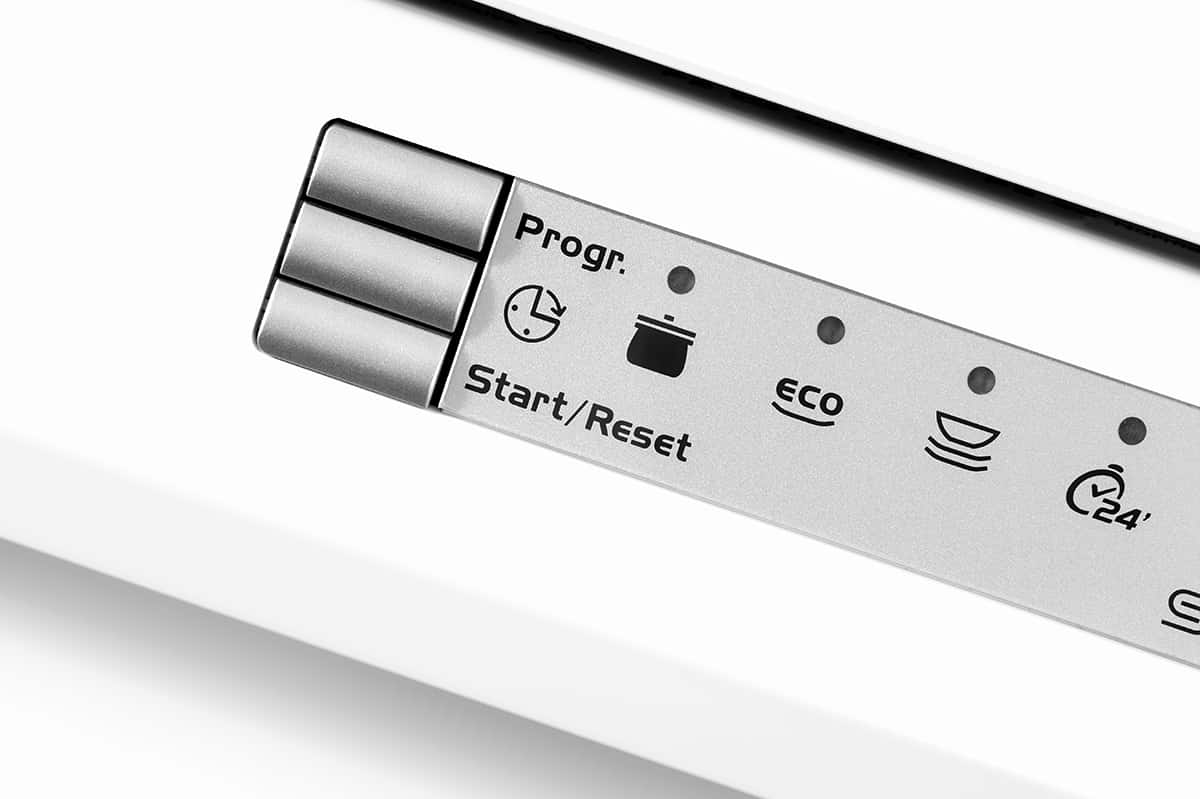
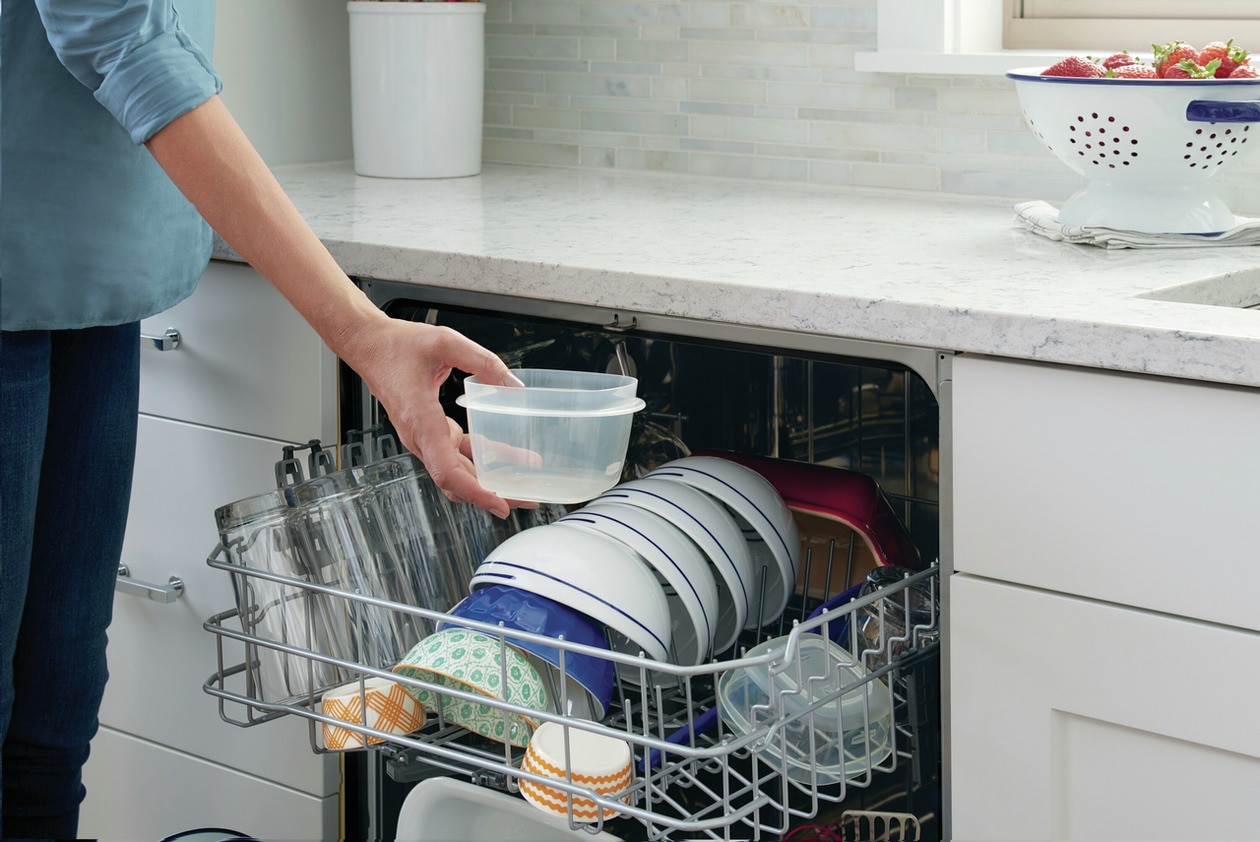
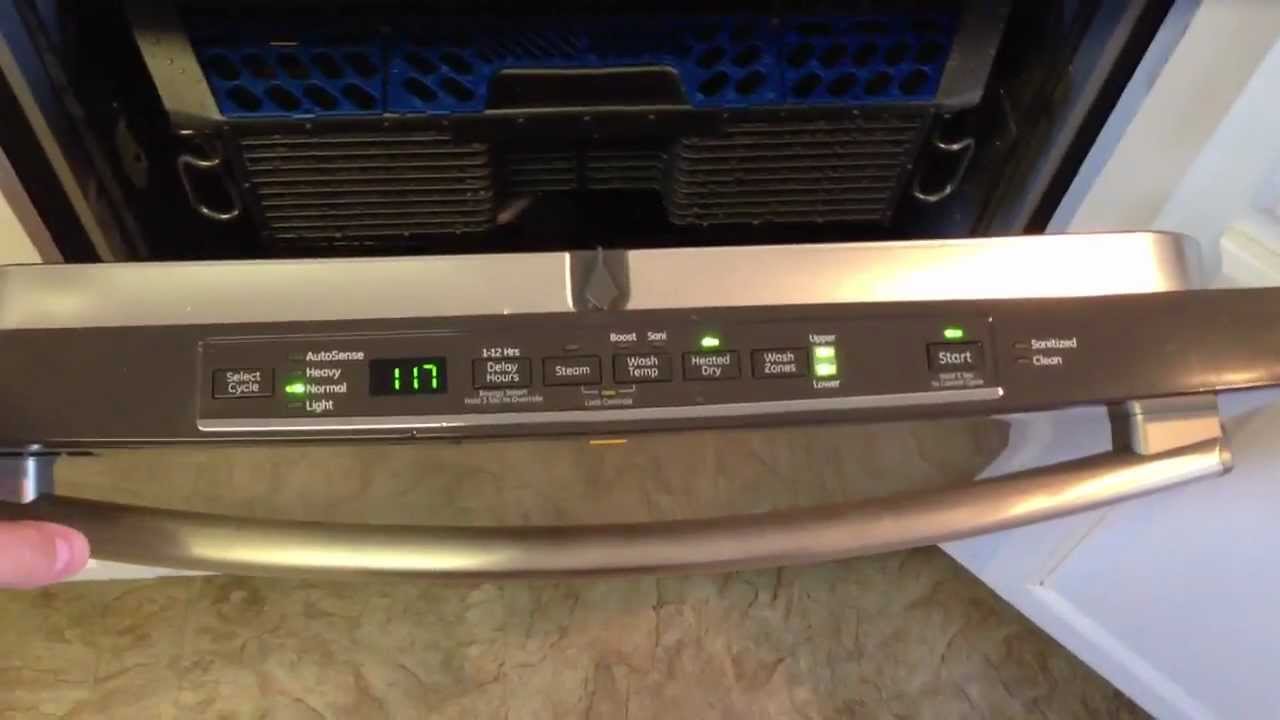
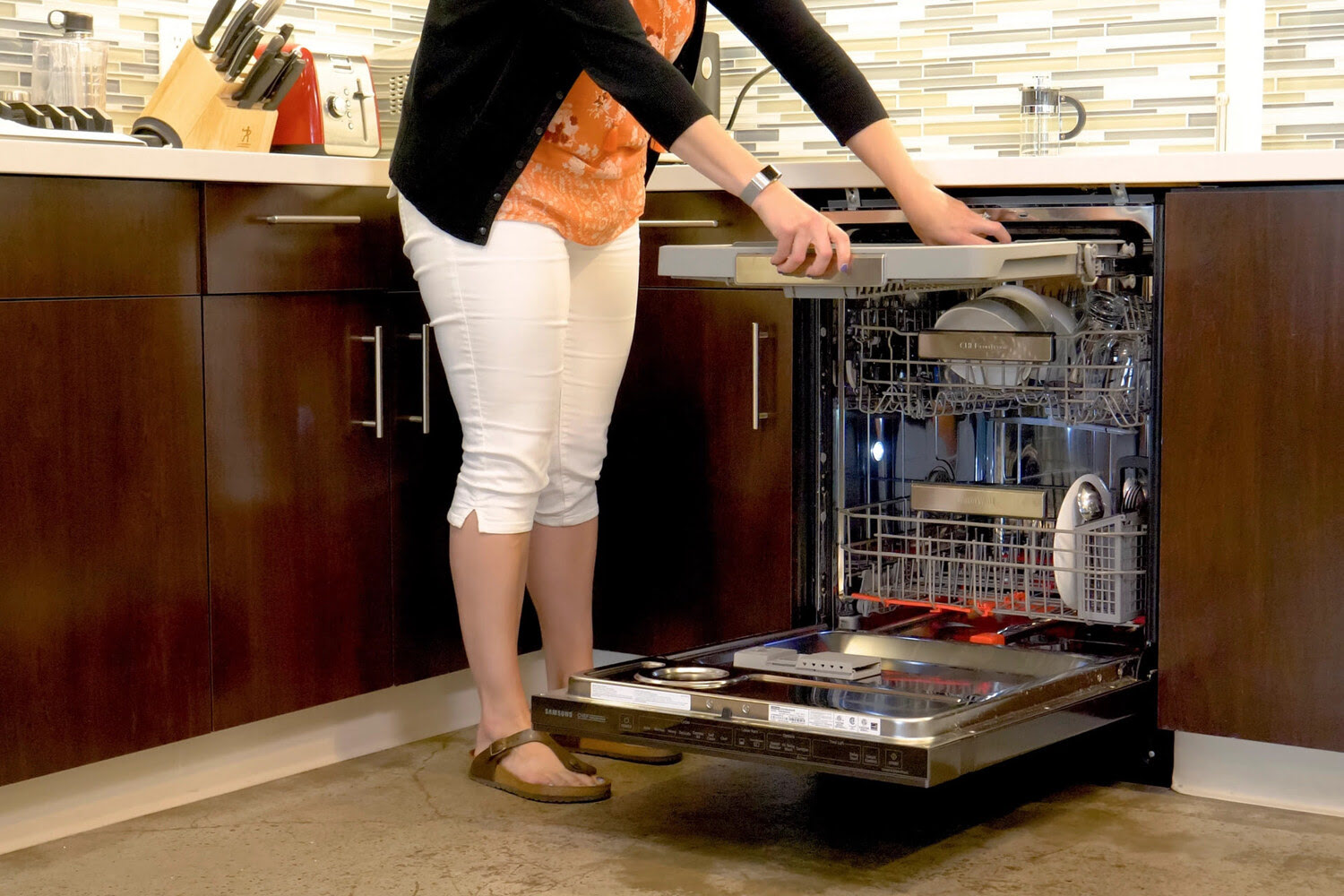

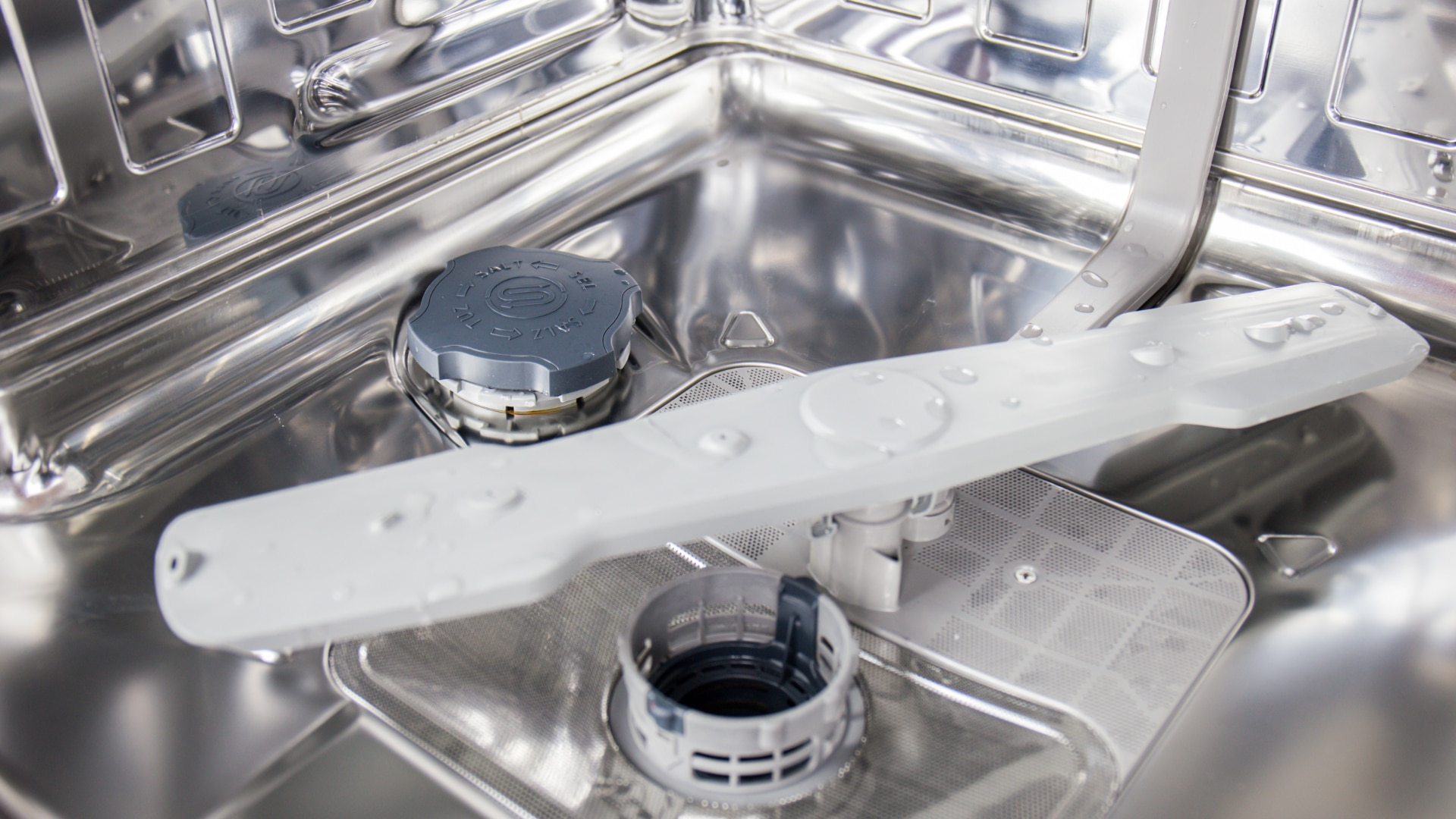
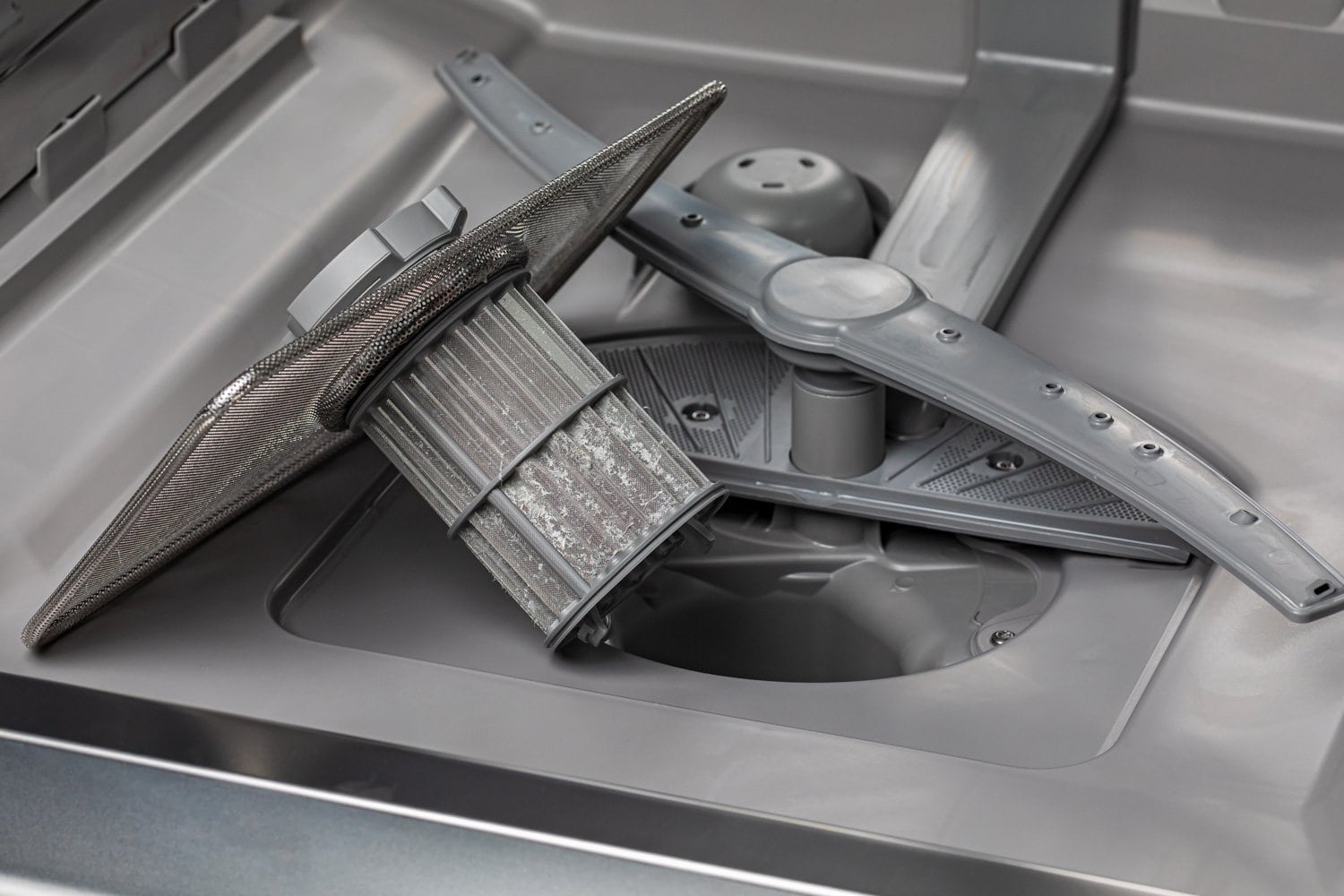


0 thoughts on “How Dishwasher Works”